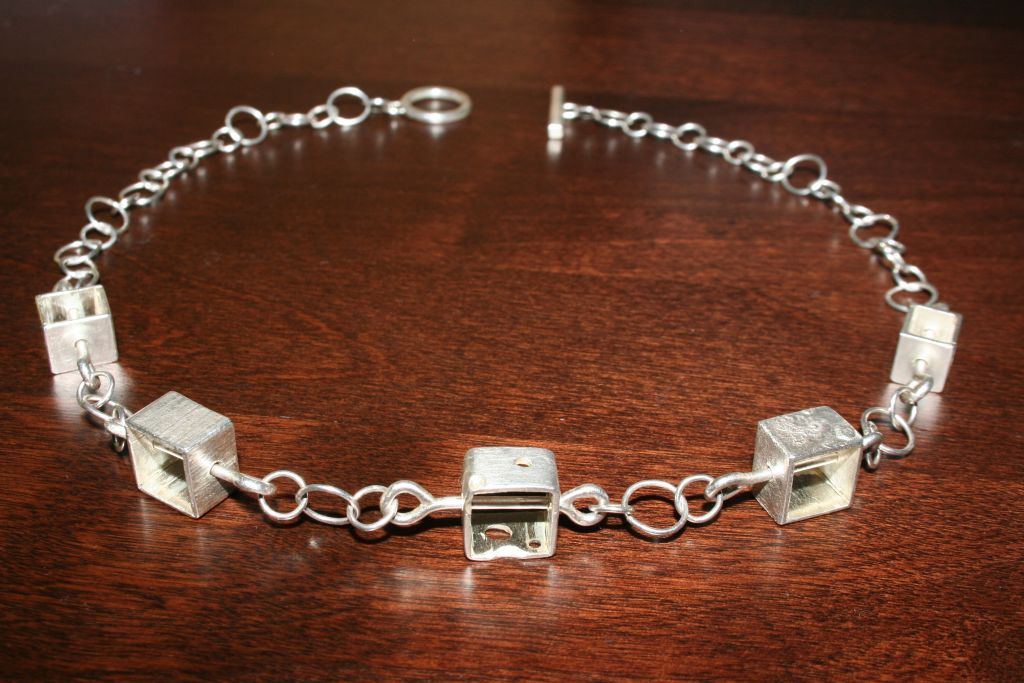Jewellery
As metals like gold and silver were discovered more and more intricate designs were possible. Techniques such as engraving became highly sought skills and the ability to add precious gemstones has made jewellery a very profitable business to be in. In very recent times due to the value of precious metals increasing in price at alarming rates, jewellery has also become a type of investment for some people. They are hoping that as gold and silver keep increasing in value, the pieces of jewellery they bought will also increase in value.
| Jewellery in other languages:- |
| Cebuano: | alahas |
| Chinese: | shǒushì, zhūbǎo 首饰, 珠宝 |
| French: | m bijou, mpl bijoux |
| German: | m schmuck |
| Greek: | fpl κοσμήματα |
| Indonesian: | perhiasan |
| Italian: | m gioielli |
| Japanese: | soushingu 装身具 |
| Nederlands: | c jewelen |
| Norwegian: | nt smykke |
| Polish: | f biżuteria |
| Portuguese: | fpl jóias |
| Spanish: | fpl joyas, fpl alhajas |
| Tagalog: | alahas, hiyas |
| Turkish: | kuyumculuk, mücevherat |
